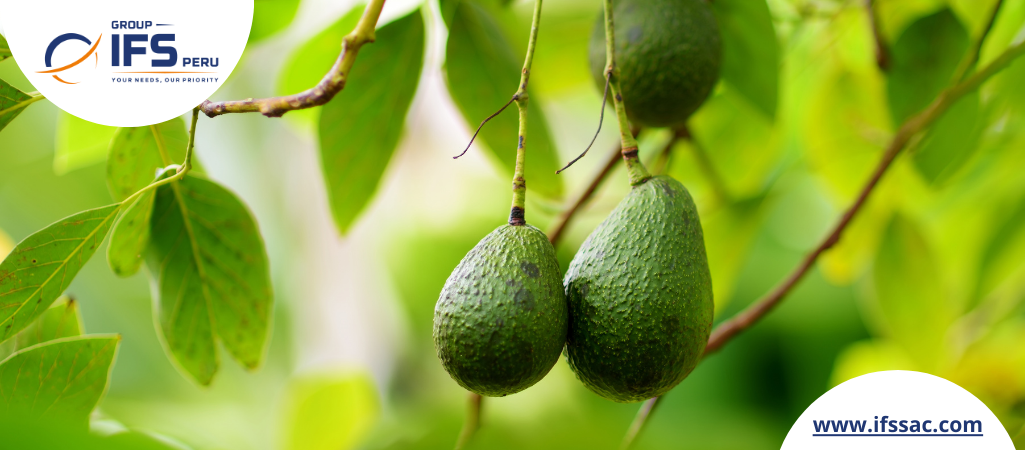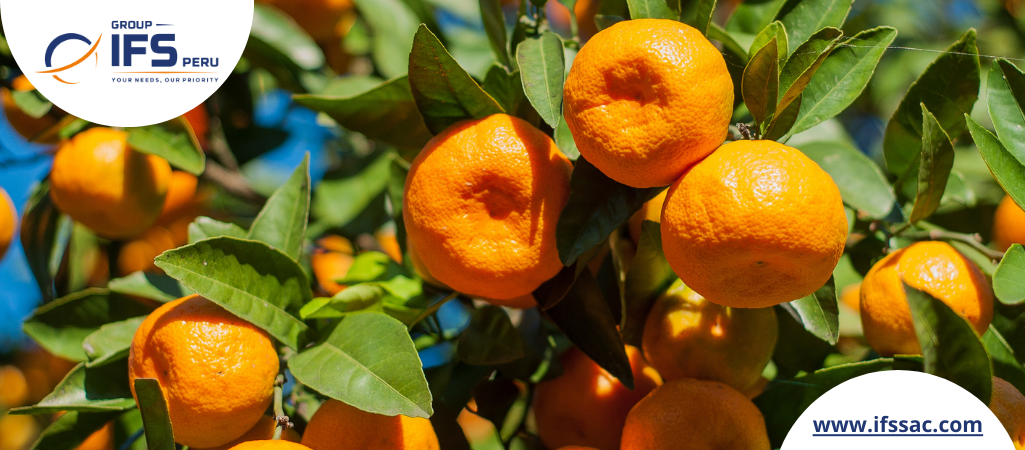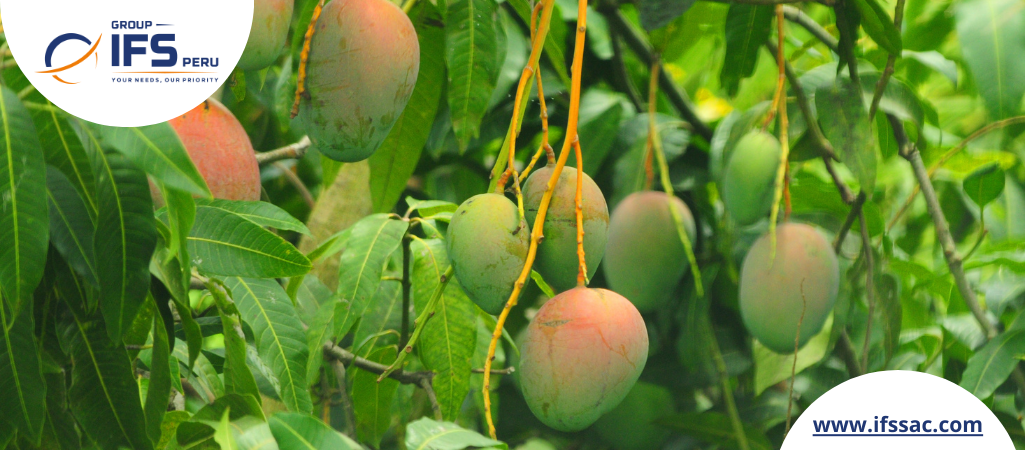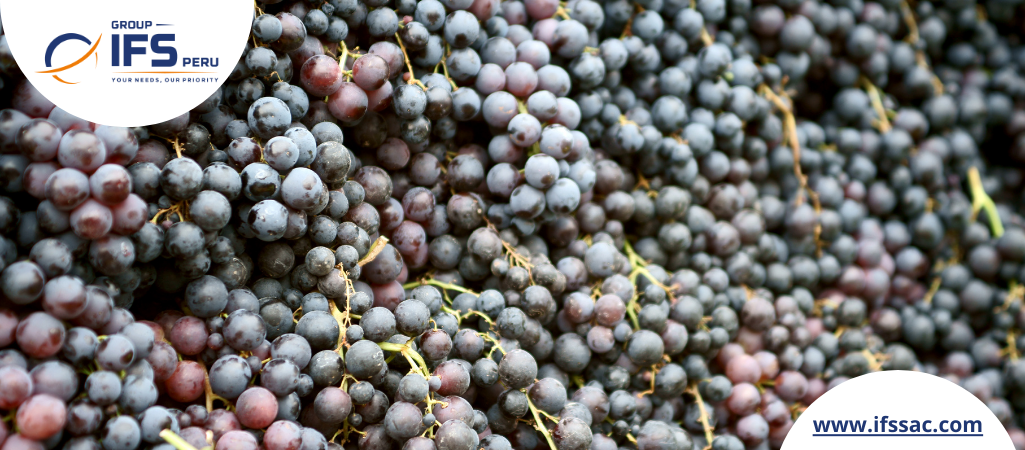In the latest installment of the ‘Agronometrics In Charts’ series, Sarah Ilyas analyzes the state of the Peruvian avocado industry. Each week, the series examines different horticultural products, focusing on a specific origin or theme, visualizing market factors driving change.
Peruvian avocado exports reached an impressive $950 million during the 2023 campaign (March-October), showing a notable growth of +4.4% compared to the previous year, as reported by the Association of Exporters (ADEX).
Despite this positive trend, the industry faced multiple challenges, including the impact of the El Niño phenomenon, Cyclone Yaku, social protests, and issues related to inadequate irrigation infrastructure, according to Claudia Solano Oré, Manager of Agro-exports at ADEX.
According to data from the ADEX Data Trade Commercial Intelligence System, the Netherlands stood out as the main importer, with purchases worth $282 million, representing 30% of the total and experiencing a significant increase of +109%. Spain took the second position with $187 million, contributing 20% to the total, followed by the United States (14%), Chile (10%), and the United Kingdom.
Despite the success in the 2023 campaign, the avocado cultivation sector in Peru faced various obstacles, especially in the northern part of the country, where expectations of high yields and large sizes encountered challenges posed by high temperatures. This resulted in strongly affected physiological processes, causing stagnation in dry matter content, heterogeneity in lots, and an increase in fruit drop. Post-harvest processes were also affected, with reduced shelf life and increased susceptibility to anthracnose, leading to increased scrutiny during fruit inspection and segregation in destination warehouses.
Currently, most forecasts from specialists indicate that the El Niño phenomenon will affect the first quarter of this year. “In northern Peru, for avocados, this corresponds to a critical stage where plant stress can lead to physiological disorders that affect the quality and condition of the fruit, similar to the previous season. Therefore, comprehensive and preventive focus strategies must be implemented to mitigate the effects of abiotic plant stress, maximizing root development and maintaining active leaf surface. The knowledge gained by technical teams from the previous season, for example, the use of biostimulants, should lead to significantly diminished effects,” advises Lizzeth Miranda, a Peruvian Agroindustrial Engineer.
Peru has set the ambitious goal of exporting 25% of its avocado production to the United States by 2025. “The original goal of the PAC is to export 200 to 220 million pounds of avocados to the United States in 2024. So, when we talk about exporting 25% of our avocado production in 2025, it means that we should export around 300 to 350 million pounds. It won’t be easy, but last year we had a good campaign,” says José Antonio Castro Echecopar, President of the Peruvian Avocado Commission (PAC).
The industry is aware of the formidable competition posed by Mexico and California and is implementing key improvements. These improvements include increasing the percentage of dry matter in the fruit and implementing effective post-harvest management practices.
Exporters emphasize the importance of strategic collaboration with importers experienced in proper fruit conditioning, preheating, ripening, and distribution, all with the aim of ensuring the consistent delivery of high-quality avocados to consumers. Faced with these challenges, the industry remains resilient, demonstrating its adaptability and determination to secure a prominent position in the fiercely competitive global market.
In conclusion, the Peruvian avocado industry, despite the challenges faced, has shown remarkable resilience and the ability to overcome obstacles. With its sights set on ambitious export goals and implementing key improvements, Peru positions itself to remain a leading player in the global avocado market.
Source: Information based on the Agronometrics report, citing data from the USDA Market News Service.





